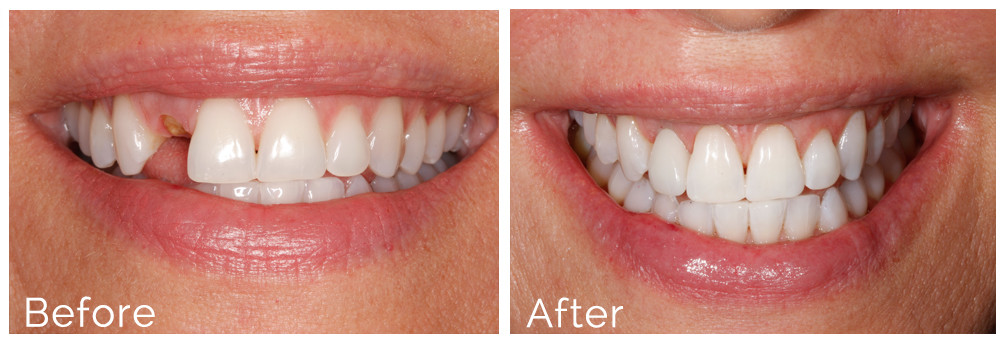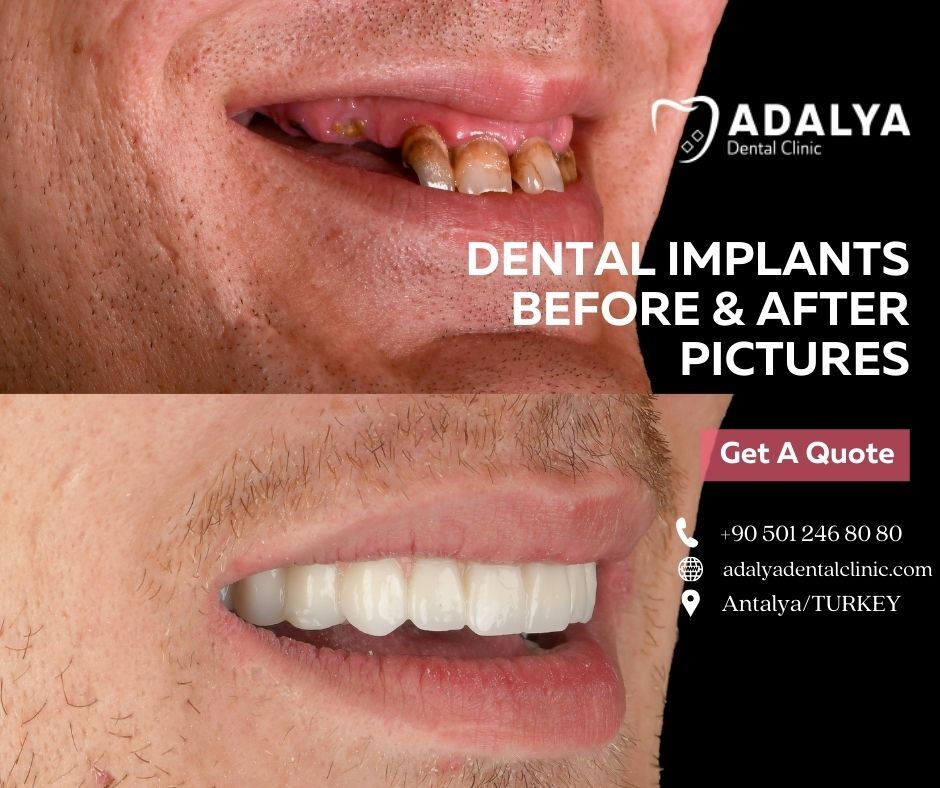The 6-Minute Rule for Dental Sense
The 6-Minute Rule for Dental Sense
Blog Article
The Definitive Guide to Dental Sense
Table of ContentsSome Of Dental SenseDental Sense for BeginnersWhat Does Dental Sense Do?3 Simple Techniques For Dental Sense
are medical devices surgically dental implanted into the jaw to recover a person's capacity to eat or their appearance. They offer assistance for man-made (fake) teeth, such as crowns, bridges, or dentures. When a tooth is lost as a result of injury or illness, an individual can experience difficulties such as quick bone loss, malfunctioning speech, or modifications to eating patterns that lead to discomfort.Dental dental implant systems include an oral implant body and dental implant abutment and might likewise include an abutment addiction screw. Dental implants. The oral implant body is operatively put in the jawbone in place of the tooth's origin. The dental implant joint is usually affixed to the dental implant body by the joint addiction screw and extends with periodontals right into the mouth to support the affixed fabricated teeth
(https://anyflip.com/homepage/wpqva#About)Structure of The Oral Implant System choosing oral implants, speak to your oral service provider concerning the potential advantages and risks, and whether you are a candidate for the procedure. Points to take into consideration: Your general health and wellness is a vital consider figuring out whether you are a great candidate for dental implants, the length of time it will require to recover, and for how long the dental implant might remain in location.
Smoking may impact the healing process and lower the long-term success of the implant. The healing procedure for the dental implant body may take numerous months or longer, during which time you generally have a temporary abutment in area of the tooth. the oral implant treatment: Carefully follow the dental hygiene guidelines provided to you by your dental provider.
The 10-Minute Rule for Dental Sense
Implant failure can lead to the requirement for another operation to deal with or replace the dental implant system. Brings back the ability to chew Recovers cosmetic look Assists maintain the jawbone from diminishing due to bone loss Preserves the wellness of the bordering bone and gums Helps keep surrounding (nearby) teeth steady Improves high quality of life Damage to surrounding all-natural teeth throughout implant positioning Injury to the surrounding cells during surgery, such as sinus opening Injury during surgical procedure (for instance, crack of surrounding jawbone) Insufficient function, such as seeming like the teeth do not bite together typically A feeling that the tooth is loosened or turning in location arising from an abutment screw loosening up Implant body failure (looseness of the implant body) due to systemic infection, which might be most likely in people with unrestrained diabetics issues because of neighborhood infection in bone and periodontals supporting the implant body due to delayed healing, which may be most likely in individuals that smoke Problem cleansing the gums around the implant, causing inadequate oral health Without treatment periodontal condition Post-surgical pins and needles because of nerve impingement or damages Always alert healthcare service providers and imaging professionals that you have dental implants prior to any magnetic resonance imaging (MRI) or x-ray treatments.
FDA is not knowledgeable about any type of unfavorable events reported for MRI or x-ray treatments with dental implants. Oral implants systems are commonly constructed from products that comply with international agreement standards of the International Company for Standardization (ISO) or ASTM International. These criteria have details of what makes a secure product.

An oral implant is a structure that replaces a missing out on tooth. With screw-like tools, the specialist inserts an implant right into the jawbone, and it acts as a support for a synthetic tooth, called a crown.
The Main Principles Of Dental Sense
Some people are not qualified for dental implant surgical procedure. It is for dental cosmetic surgeons to run on individuals with: severe illnessuncontrollable metabolic diseasebone or soft tissue disease or infectionIf these issues are settled, a person can have the surgical procedure. In, oral doctors avoid operating on people with: If individuals with any one of the above go through oral implant surgical procedure, there is a higher danger of the implant failing.

Dental implant surgical procedure is a personalized process. Offer you time to heal. Attach the blog post and final crown, bridge or denture.
Next off, your surgeon will meticulously put the oral implant right into your jaw. If your implant is near the front of your mouth, your dental professional will make a short-term tooth for you to wear until you heal.
The Greatest Guide To Dental Sense
During the recovery stage, your jawbone ought to fuse to the oral implant. This process can take anywhere from 3 to nine months.
Once your implant heals, your dentist can affix the abutment (tiny connector message) and your last remediation (crown, bridge or denture). This typically takes concerning one hour to complete and may call for a second small surgical treatment. You should not really feel any type of discomfort throughout your oral implant treatment due to the fact that your service provider will certainly utilize drug to numb your periodontals.
Report this page